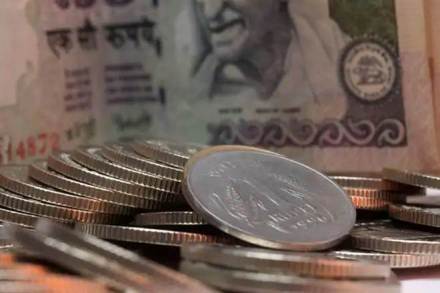The GDP growth may have touched 6.5% in the March quarter, against 6.6% in the previous quarter, and the slowdown in the economy in FY19 has been caused by declining growth of private consumption, tepid increase in fixed investment and muted exports, according to the latest monthly report of the finance ministry.
Current account deficit (CAD) situation may have improved in the last quarter of FY19 from 2.5% in the December quarter, as dip in imports has improved the merchandise trade deficit.
The second advance estimate of the Central Statistics Organisation has pegged FY19 GDP growth at 7%, down from 7.2% in FY18 and 8.2% in the year before.
“On the supply side, the challenge is to reverse the slowdown in growth of the agriculture sector and sustain the growth in industry. On the external front, current account deficit as ratio to GDP is set to fall in Q4 of 2018-19, which will limit the leakage of growth impulse from the economy,” the report by the department of economic affairs said.
Though the easing of the monetary policy (the repo rate has been cut by 25 basis points each in February and April) has the potential to support growth, the recent cuts are yet to transmit to weighted average lending rate of banks. Thus the “effects of the easing on investment activity are yet to manifest”, said the report.
“Credit growth could have been challenged by continuous tightening of bank liquidity, causing the call money market rates to trend up since Q1 (FY19); however, some respite is evident in Q4,” said the report for March.
The real effective exchange rate has appreciated in the March quarter and could “pose challenges to the revival of exports in the near future”. However, increase in foreign exchange reserves in the last quarter of FY19 on account of improvement in trade balance has increased the import cover for the economy, it added.
The report said the expected firming up of government consumption expenditure in Q4 of FY19 is on course as growth in cumulative revenue expenditure of the central government has been higher in recent months.
“Though fixed investment as percentage of GDP has been trending up since 2017-18, this trend may pause for a while, also evident in slowing down of growth in non-food bank credit in Q4 of 2018-19,” it said.
